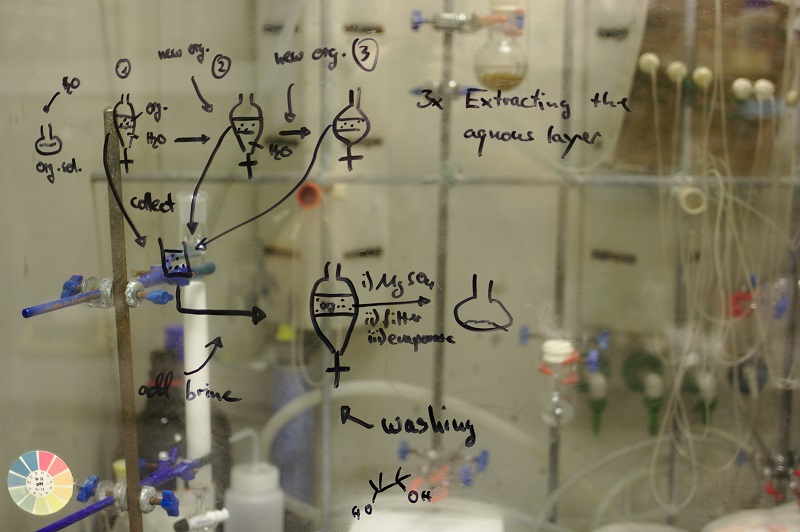Introduction
The discovery of RNA interference (RNAi) has revolutionized the field of plant biology, providing a powerful tool for functional genomics and crop improvement through targeted RNAi gene silencing. RNAi is a natural process by which cells regulate the expression of specific genes. By harnessing this process, scientists can selectively silence genes in plants, allowing for the study of gene function and the development of crops with desirable traits.
The Mechanism of RNAi
RNAi is a complex process involving the degradation of specific messenger RNA (mRNA) molecules. It begins with the transcription of a gene into double-stranded RNA (dsRNA), which is then processed into small interfering RNA (siRNA) molecules. These siRNAs are incorporated into an enzyme complex called the RNA-induced silencing complex (RISC), which cleaves target mRNAs that are complementary to the siRNA. This results in the degradation of the target mRNA and the silencing of the corresponding gene.
RNAi in Plants
Plants have a robust RNAi pathway that allows for the efficient silencing of genes. This has made RNAi a popular tool for functional genomics in plants, enabling researchers to study the role of specific genes in various biological processes. RNAi has been used to study a wide range of plant processes, including development, metabolism, stress responses, and interactions with pathogens.
RNAi for Crop Improvement
In addition to its use in basic research, RNAi holds great promise for crop improvement. By silencing genes involved in undesirable traits, scientists can develop crops with improved characteristics. For example, RNAi has been used to develop crops with enhanced nutritional content, improved yield, and increased resistance to pests and diseases. RNAi has also been used to reduce the allergenicity and toxicity of certain crops.
Challenges and Future Directions
While RNAi is a powerful tool, there are several challenges that must be addressed to fully realize its potential. One of the main challenges is the issue of off-target effects, where siRNAs silence genes other than the intended target. Strategies such as the use of longer dsRNA molecules and the optimization of siRNA design can help to minimize off-target effects. Another challenge is the variability in RNAi efficiency between different plant species and tissues. Further research is needed to optimize RNAi protocols for different plant systems.
Conclusion
RNAi is a powerful tool that has revolutionized the field of plant biology. Its ability to selectively silence genes has made it an invaluable tool for functional genomics and crop improvement. While there are challenges that must be addressed, the potential of RNAi to advance our understanding of plant biology and to develop improved crops is vast. As the technology continues to evolve, we can expect to see even more exciting applications of RNAi in the years to come.
References
Baulcombe, D. (2004). RNA silencing in plants. Nature, 431(7006), 356-363.
Waterhouse, P. M., & Helliwell, C. A. (2003). Exploring plant genomes by RNA-induced chromatin silencing. Nature Reviews Genetics, 4(11), 923-934.
Mansoor, S., Amin, I., Hussain, M., & Zafar, Y. (2006). RNA interference: a novel source of resistance against crop diseases. Biotechnology Advances, 24(4), 452-459.
Price, D. R., & Gatehouse, J. A. (2008). RNAi-mediated crop protection against insects. Trends in Biotechnology, 26(7), 393-400.




